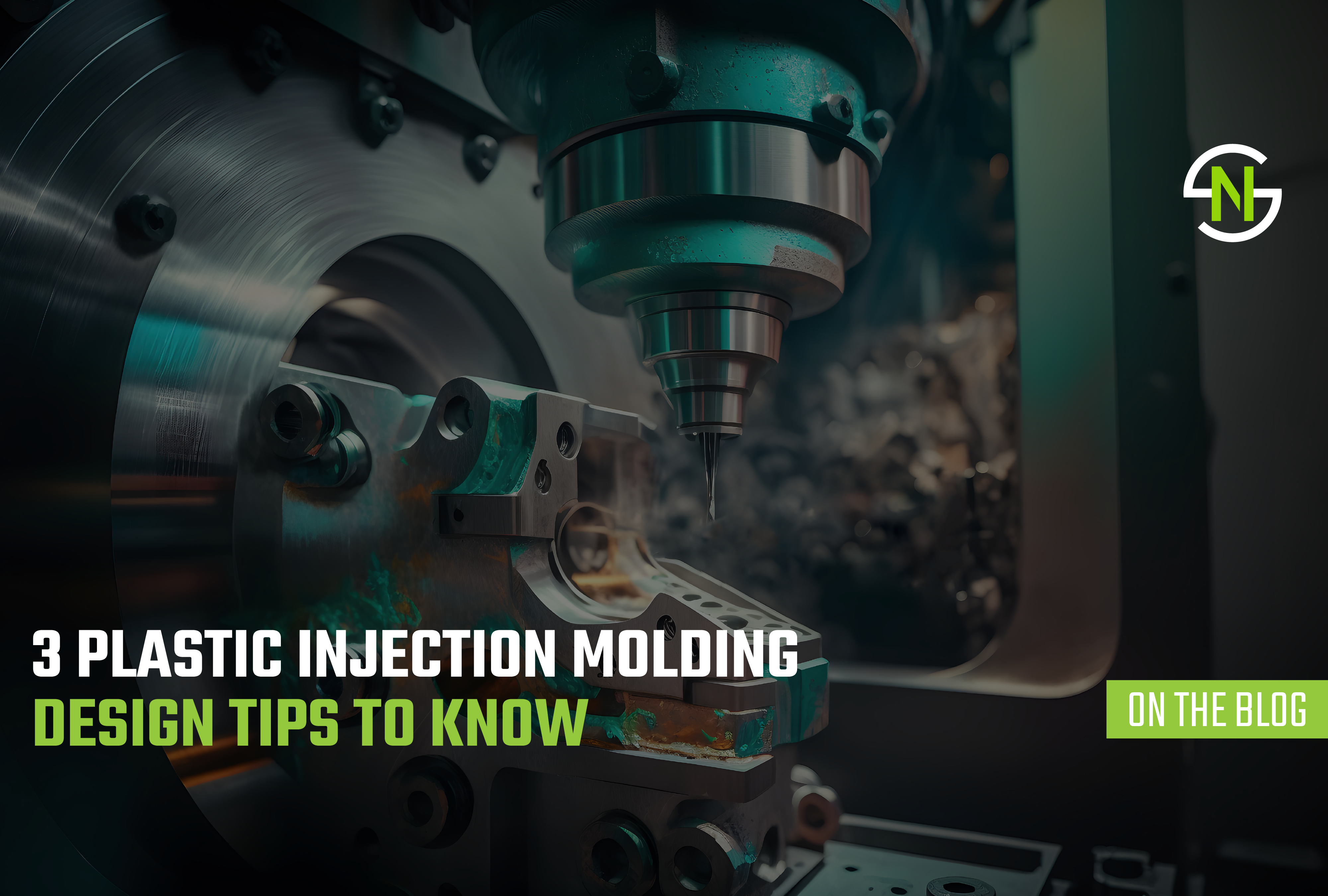
According to Globe Newswire, the plastic injection molding market size is a whopping 271.6 Billion in 2021!
But here’s the catch: not all plastic is created equal. And if you’re diving into the world of creating plastic parts, there’s some nifty know-how that can make a world of difference.
After all, have you ever considered the fact that there toys that last for generations and those that break in a day share a secret? Often the reason why toys have different levels of quality comes down to their molding design.
So, it’s clear that injection molding plays a vital role in plastic production. But the big question is: how do you go about creating quality plastic products with the injection molding process?
Let’s get into it!
1. Think About the End Use
When creating plastic parts, always keep the end use in mind. Let’s say you’re designing automotive parts. These have to be super sturdy because cars face a lot of wear and tear. So, you’d want to select materials and design features that can withstand heat, cold, and vibration.
The same thing goes for household items. If you’re crafting a kitchen utensil, you wouldn’t want it melting the first time it meets a hot pan, right? So, the design process for injection molded parts should always start with a good think about where and how the part will be used.
You should also take into account environmental factors when creating your plastic designs. Here’s some useful info on this.
2. Keep It Smooth and Simple
You might think that fancy, intricate designs are the way to go, but in the world of plastic injection molding, simplicity is key. Complex shapes can cause issues in the molding process; think uneven cooling or problems popping the part out of the mold. Nobody wants that!
For smoother injection molded designs, try to avoid sharp corners and deep undercuts. Think about how water flows; the smoother the path, the better. Your molten plastic acts a lot like that.
It wants a smooth journey from the start of the mold to the finish. Give it that, and you’re golden!
3. Factor in Shrinkage
Sounds weird, right? But here’s the scoop: Plastic tends to shrink a little bit when it cools. This is totally natural, but it can throw a wrench in your plans if you’re not prepared.
If you design a part to be exactly 5 inches long, but it shrinks to 4.8 inches, you could be in trouble. Especially if that part needs to fit snugly with another piece.
When working on your plastic injection molding plans, always consider the type of plastic you’re using and its typical shrink rate. Adjust your design accordingly. If you factor this in from the get-go, you’ll save yourself heaps of headaches later on.
Here you can learn more about what questions to ask an injection molding company if you have a project in mind.
Mastering Your Molding Design Journey
Alright, savvy designer; you’re armed with three powerful tips to get your plastic parts on point. With these tricks up your sleeve, you’ll be on your way to molding design magic in no time!
If you have a specific project in mind that you need help with, why not get in touch with our experienced team at Nova Stevensville today and request a quote?
